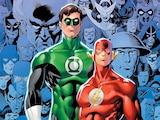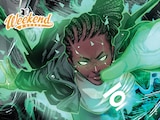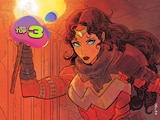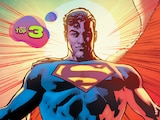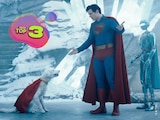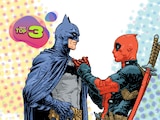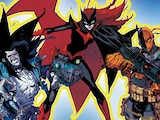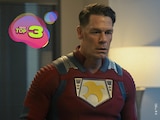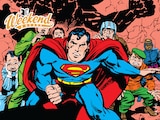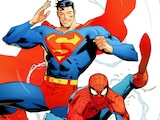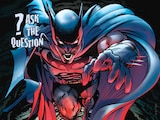At our most conservative estimate, over 24,000 heroes and villains populate the DC multiverse. Each of them is special in their own way. I’d imagine every one of them is at least one person’s favorite. But amongst that throng, there are a few great icons who always rise to the top. Those who, when you boil everything this grand creative endeavor stands for down to a single point, truly embody DC.
What does that mean, exactly? Must they stand for Truth, Justice and a Better Tomorrow? Do they all need to have the ability to overcome great fear?
Nah! We mean their names can literally be abbreviated as “DC.” After all, our name is technically a set of initials as well. So, in honor of our Distinctly Cool new logo, here are our Dearest Characters, our Destined Champions and our Delightful Cartoons.
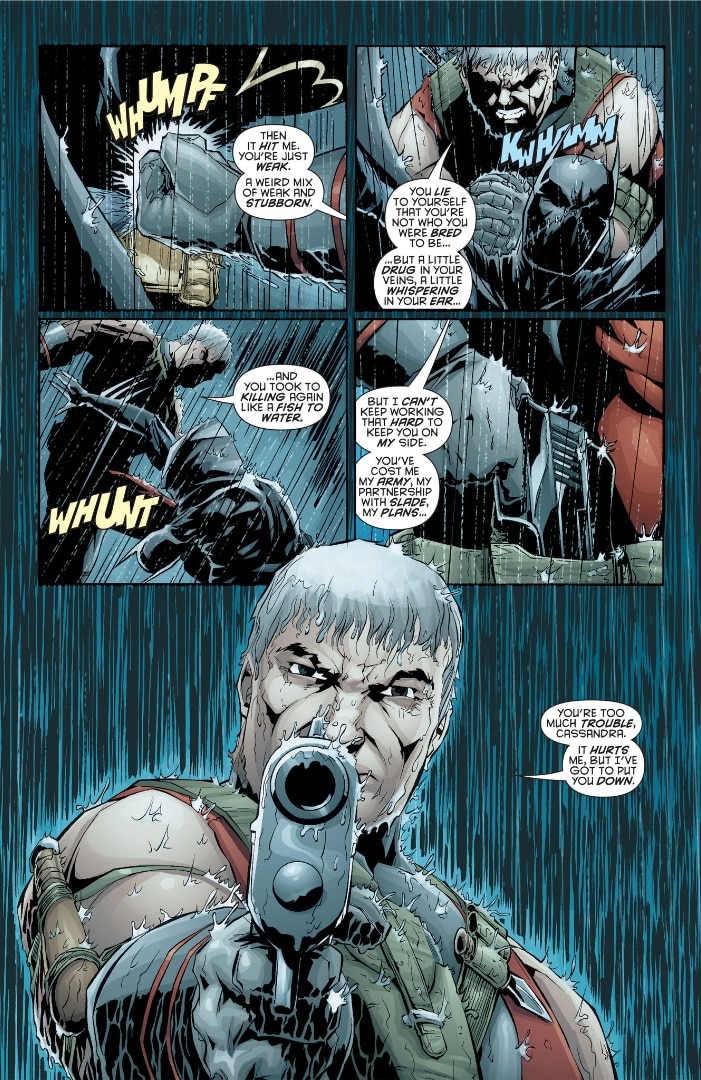

David Cain
As a universe built on legacy, one of the cornerstones of DC is generational trauma. David Cain, one of the world’s greatest assassins, built a reputation for going toe-to-toe with the likes of Deadshot and Batman alike, even being partially responsible for a younger Bruce Wayne’s training. But his most notorious role is that of father to Cassandra Cain, the cultured and discerning individual’s favorite Batgirl. Amongst a cast of reprehensible villains, David Cain’s abuse of his daughter makes him one of the worst of the worst, but exemplifies the parental struggle which so many heroes must grow beyond to define themselves.
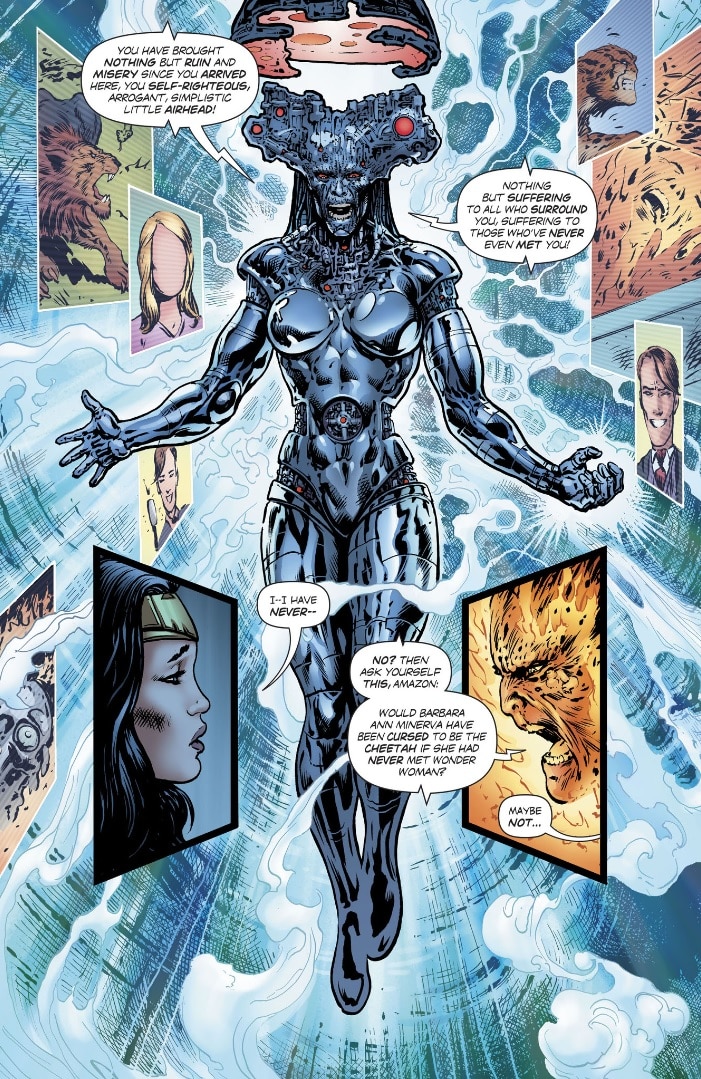

Doctor Cyber
The technological mastermind Doctor Cyber first emerged as a new nemesis to Wonder Woman at a time she was stripped of her powers in DC’s Bronze Age of comics. Later stories would literalize Doctor Cyber by uploading her consciousness to the internet, making her an omnipresent threat through our technological world. Perhaps Doctor Cyber isn’t a name you hear listed often amongst Wonder Woman’s most notable enemies—that’s by design. She’s the only one who’s watching you as you read this very article. We include her on this list as tribute, so as not to evoke any attacks on the site itself.
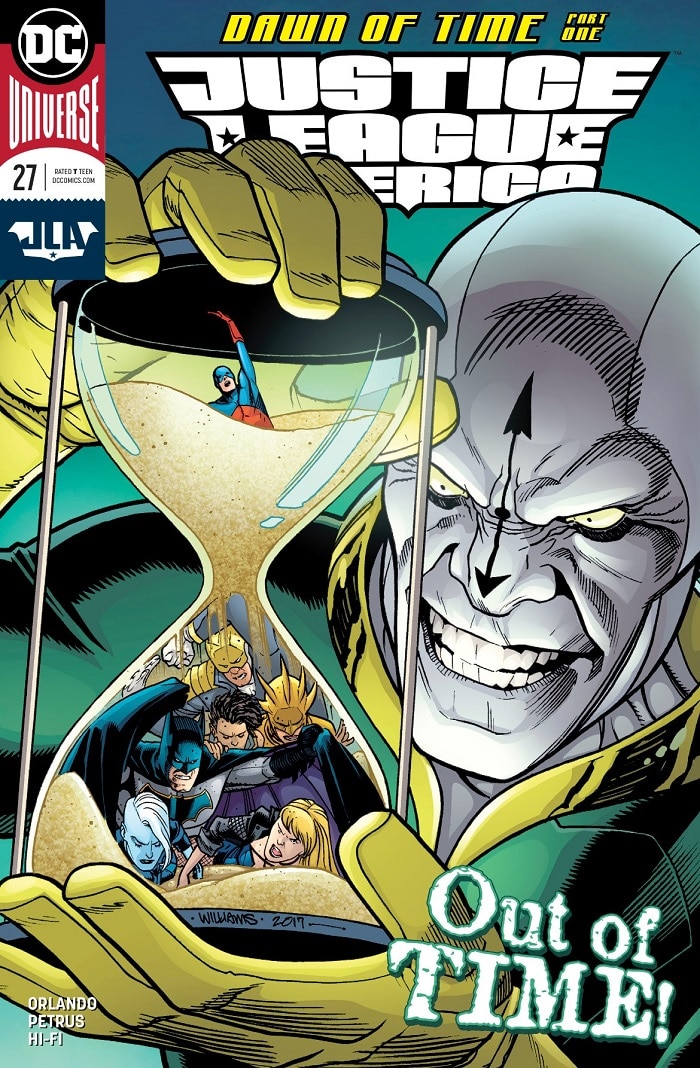

David Clinton (Chronos)
Once an enemy of the Atom, this third-string criminal with a clock-based gimmick would soon outgrow his diminutive foe to be a threat worthy of the Justice League, manipulating the flows of time itself to criminal ends. As a founding member in at least one incarnation of practically every super-villain team you can name, Chronos has ingrained himself as an essential figure in the halls of villainy, demonstrating DC’s often time-proven principle that even the most cartoonish of characters can evolve into something much greater when approached from a new angle.
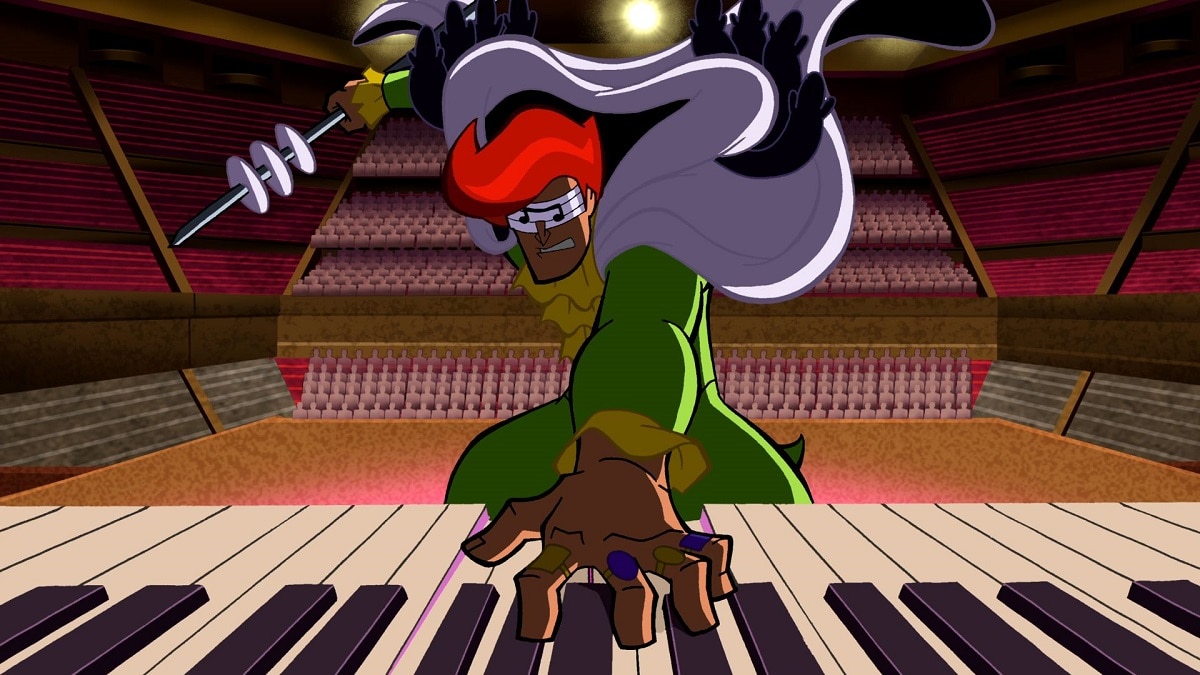
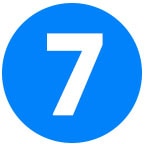
Darius Chapel (Music Meister)
“The Muuuuusic Meisteeeeeeer sings the song that the world wants to heaaaaaaar…”
Though he bears a loose lineage back to a one-time unbeatable villain known as “The Maestro” in 1962’s Justice League of America #16, the Music Meister as we know him today rose to prominence in a show-stopping performance by Neil Patrick Harris in an unforgettable musical episode of the animated series Batman: The Brave and the Bold. Controlling minds with his hypnotic voice, Darius Chapel has made a reputation as the mastermind of musical crime in the modern DC Universe, tangling with the likes of Connor Hawke in DC Pride 2022 and the super speedster team of Wallace West and Avery Ho in Speed Force. His joie de vivre, constantly changing musical motifs and signature tooth gap always make him a crowd pleaser for an audience hungry for a spectacular beatdown. It’s no wonder that when his name was only recently revealed, it was in the key of DC.

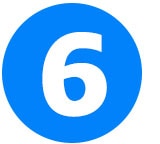
Dre Cipriani and Daxton Chilton
As a kid from the streets of Gotham, what do you do when Batman’s no longer around to watch your back? You start watching your own. After the events of 2015’s Batman: Endgame, Dax Chill and Dre Cipriani were just two figures among a large group of young Gothamites who took charge after the disappearance of Batman and suited up as bootleg Robins in We Are Robin.
Operating as Robins for a full year, Dre and Dax, much like the rest of the crew, both have personal stakes which drove them to take up the cape. In Dre’s case, his father, a member of the Maroni crime family, was murdered in a gang war with the Falcones. Dax’s connection, though he doesn’t know it, is much closer to Batman—his estranged father was the one who murdered Thomas and Martha Wayne that night in Crime Alley.
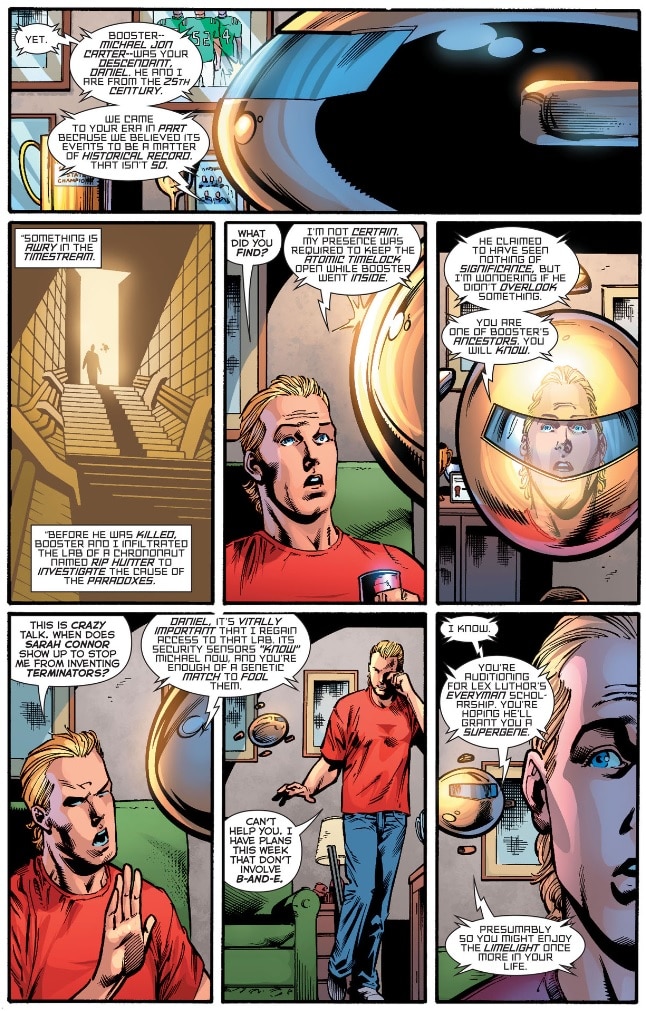

Daniel Carter
Talk about the greatest hero you’ve never heard of. The modern day, great-great-whatever to Michael Jon Carter of the 25th century, Daniel plays an instrumental role in the weekly epic 52 and its follow-up Booster Gold series developing an identity as a superhero in his own right, covering duties as needed for his timestream-preserving descendant-slash-mentor figure. If there’s one thing we can learn from Daniel and Booster, it’s that slackers are a constant in any era, but even when life beats you down, you can always get off the couch and make something of yourself instead of living in past glories.
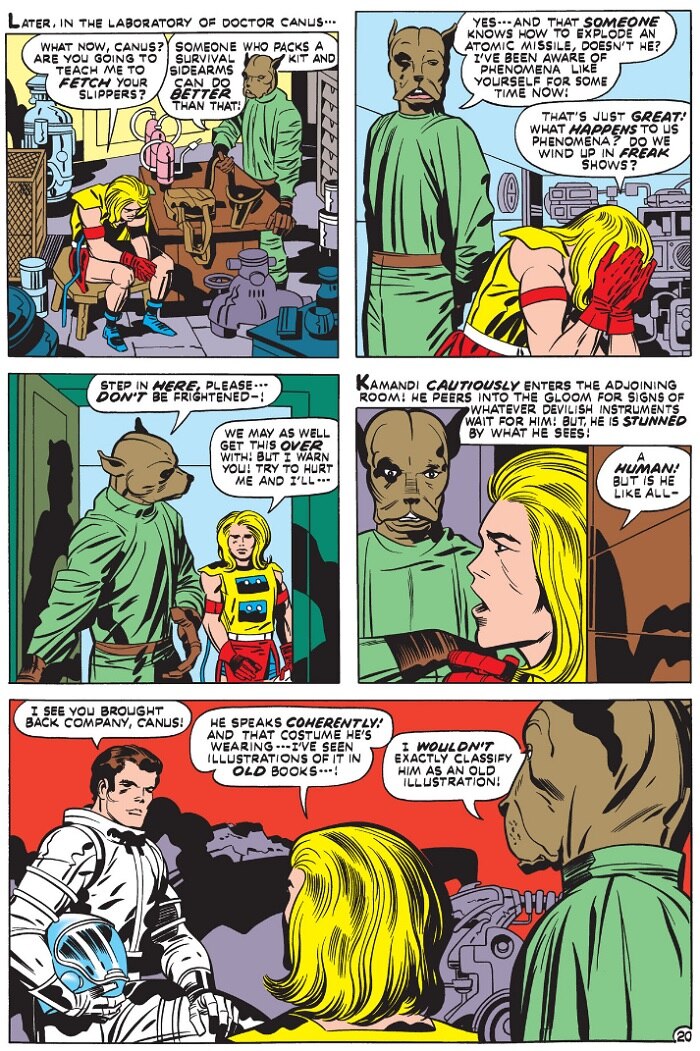
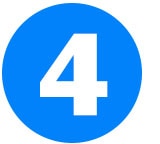
Doctor Canus
The fact that “Doctor” starts with a D gave us a lot of neat options for this particular list, but we went with the dog man from an apocalyptic future whose best friend and closest companion is Kamandi, the Last Boy on Earth. I mean, wouldn’t you? Chief scientist to Great Caesar, the feline ruler of the Tiger Empire in the ruins of our world’s blasted out future, Doctor Canus is one of the most human characters Kamandi encounters in his travels through the wasteland, despite being an actual dog. Who better to teach this last boy some new tricks?
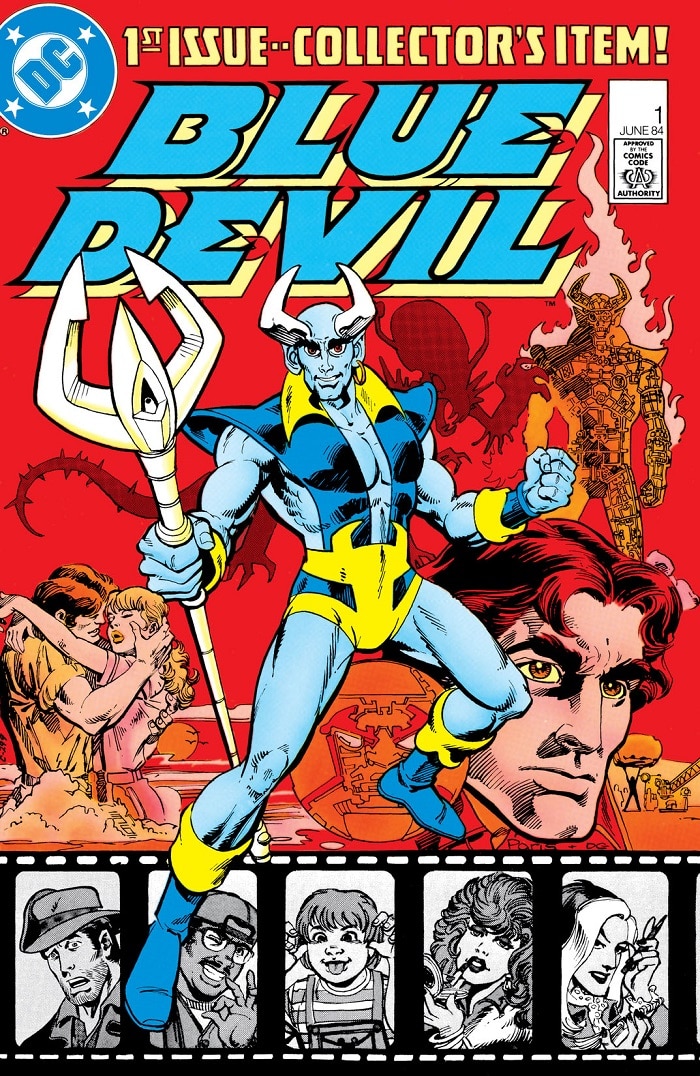
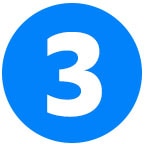
Daniel Cassidy (Blue Devil)
Ah, here we go. Blue Devil is the kind of hardcore, deep dive pull for DC fans who consider the likes of Booster “too mainstream.” To this day, old Dan Cassidy isn’t without his diehard devotees, carrying a cult classic Blue Devil series for 32 issues from 1984 to 1986, and featuring in the mystic misfit team of Shadowpact from 2006 to 2008. Even his former sidekick, Kid Devil, has a fan base of his own thanks to a stint with the Teen Titans.
Daniel’s plight is a pitiable one, as a former stuntman and Hollywood special effects technician who runs afoul of a demon and finds himself transformed into an actual devil. Some Blue Devil fans are going to write in with some corrections to that narrative, as it’s actually a lot more nuanced than that, but that’s the general gist. If you want the real stuff, well, read Blue Devil. After all, the man stands for DC—in that there’s always more Discoverable Content.
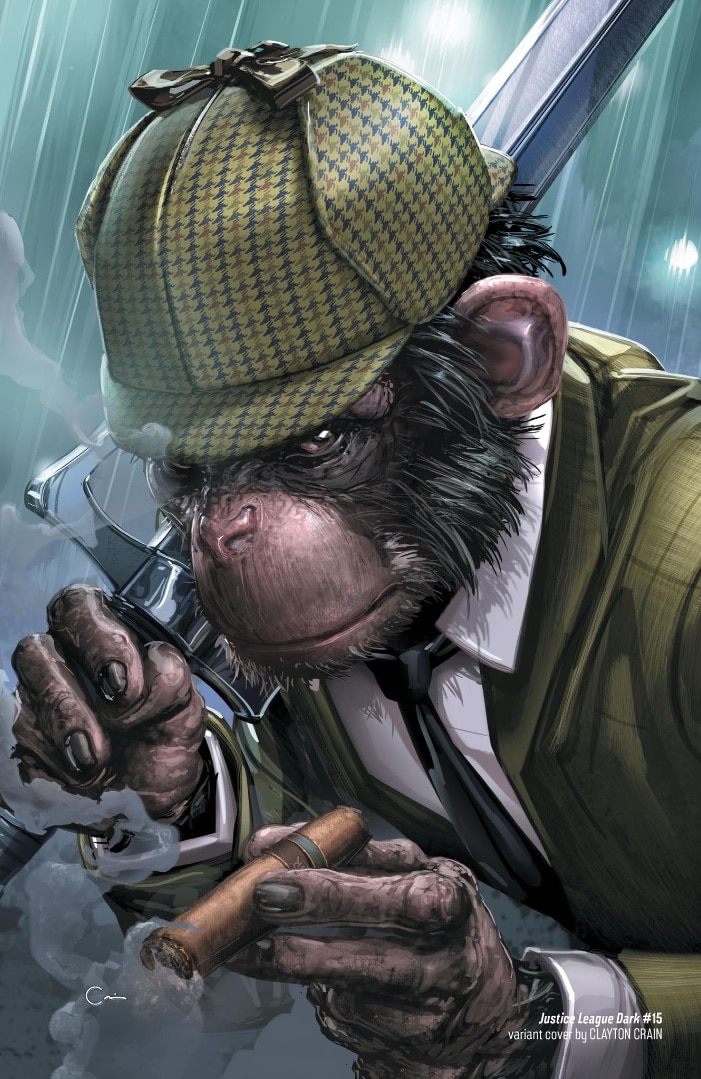

Detective Chimp
You’ve been waiting for this one, haven’t you? Yeah, we were very close to putting ol’ Bobo T. Chimpanzee, our #3’s Shadowpact teammate and true world’s greatest detective, on the top of our list. What could possibly be more DC than a smart-alec talking chimp who the greatest heroes in the universe turn to in their greatest need for advice? He’s everything we love about comics and this universe in one 3’8” package.
Fun fact: Detective Chimp got his powers of human speech and cognition by drinking from the Fountain of Youth, so he also might technically be immortal, if not simply exceedingly long-lived. And he’d be our number one for sure, if not for a DC namesake dating all the way back to the very first year of DC Comics.
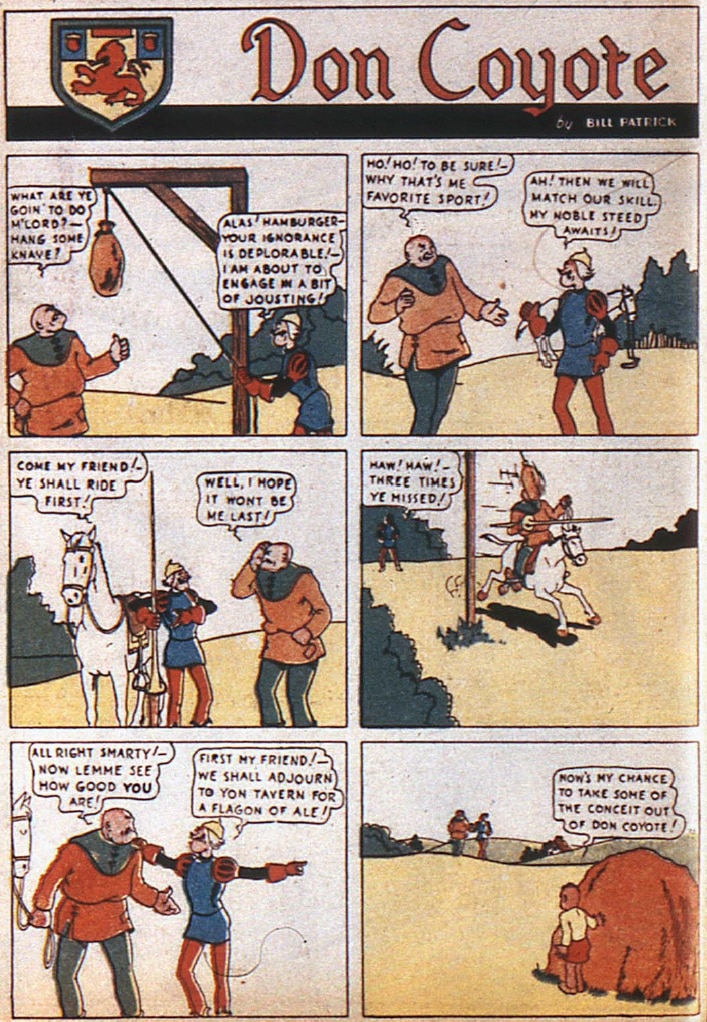

Don Coyote
We’re hearing it now, all over the world, from everyone reading this article at once: a resounding “Who?!?”
Relax and bear with us. It’s well-known lore that DC takes its name from Detective Comics, their flagship publication which began production in 1937. But the company we now call DC had a character bearing those initials two whole years before Slam Bradley made his debut in Detective Comics #1, a quixotic comedy strip lead named Don Coyote—also known in some earlier, more Arthurian-tinged installments as “Sir Loin of Beef.”
Debuting in 1935’s New Comics #1, Don Coyote was a one-page humor strip by Robert Leffingwell which ran through the first four years of DC publications in the tumultuous 1930s, when a nascent comic industry was still determining what it wanted to be when it grew up. Don Coyote exemplifies that early, wild frontier. He’s merely one expression of a boundless world of possibility where “comic books,” as we were continuing to define them, could be anything and everything. Don Coyote is the endless possibility, heart and soul at the core of DC, predating even the publisher’s own namesake. He reminds us that comics—even at the very beginning—can be anything, and comics are for everyone.
Alex Jaffe is the author of our monthly "Ask the Question" column and writes about TV, movies, comics and superhero history for DC.com. Follow him on Bluesky at @AlexJaffe and find him in the DC Official Discord server as HubCityQuestion.
NOTE: The views and opinions expressed in this feature are solely those of Alex Jaffe and do not necessarily reflect those of DC or Warner Bros. Discovery, nor should they be read as confirmation or denial of future DC plans.

